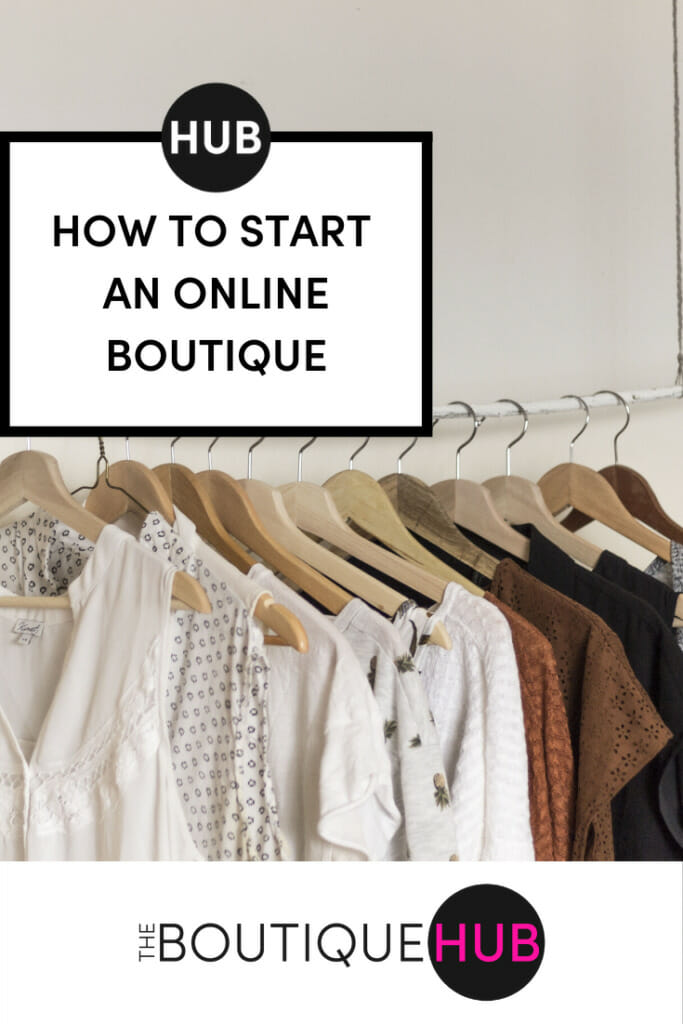How to start a clothing boutique – StartupSmart

Ever dreamt of opening a little boutique in an ultra trendy part of town? You wouldn’t be the first. Fashionistas are particularly drawn to the idea, hence the high number of clothing boutiques.
While very profitable, opening a clothing boutique requires a lot of planning and hard work, so you should think carefully before making the leap.
StartupSmart ventures into the world of fashion boutiques for your benefit.
What is it and who is it suited to?
A boutique is a small shopping venue, typically specialising in fashionable items such as clothing and jewellery, which are often handmade or hard to find elsewhere.
Like many retail businesses, you don’t need any formal qualifications to open a clothing boutique but you will need some business expertise.
Unless you plan to outsource someone to handle your finances, you need to be competent with figures in order to determine stock levels, profit margins, prices and tax returns.
Underlying your business savvy should be a passion for fashion, and an enthusiasm for the products you sell and the service you provide.
Rules and regulations
There is no shortage of industry bodies representing Australian retailers, and new retailers should consider joining one to ensure they’re up to scratch on everything they need to know.
The Australian Retailers Association, for example, provides employment and IR advice to its members “to help you through every step of running a retail business”.
Research and competition
The first thing you need to do is ask yourself a few questions, such as:
- What will you sell?
- Where will you operate?
- Will you have an online presence?
Most small independent retailers tend to specialise, which helps them to maintain market share and build up a following.
If you’re not sure which area to specialise in, look no further than your own backyard, so to speak.
Whether you’re a vintage lover or have unusually large feet, tapping into a market that you can relate to will make your offering that much more meaningful. Aim to stock items that are not available anywhere else in your area.
Obviously, operating on a main street will help drive store traffic, so don’t be afraid to spend a bit more on a prime position. Chances are your marketing efforts will be limited, at least at first, so operating in a good location will help raise awareness of your shop.
You also need to decide how you want your boutique to look, both online and offline. A small store can get away with a simple or kooky aesthetic, but don’t skimp on your website because it will be obvious that you don’t know what you’re doing.
If you’ve got no experience in web design, consider outsourcing this task to ensure you have a professional online presence. A good web designer will be able to give your site the right feel without it looking amateur.
Within your store, make sure all your items are clearly displayed and are up-to-date. Make a point of moving things around to not only promote new stock but create interest.
Finally, try to advertise as much as you can. Consider one-off promotions or make a name for yourself by offering every customer a cupcake or a glass of champagne.
With regard to your online presence, writing regular articles or a blog are ideal ways to promote yourself at no cost, and are often considered more credible than advertising.
Costs and earnings
Your start-up costs obviously depend on the size of your store and the location. Keep in mind the store will need to be fitted out with display rails and shelves, chairs, mirrors and change rooms.
You can buy many of these items secondhand but the image of your shop will reflect on the clothes, so be wary of using cheap equipment.
In addition to a cash register, you’ll need a computer, printer and basic accounting software in order to fulfill your administrative duties.
You may also want to consider investing in a security system, depending on your location and the nature of your stock.
Finally, you need to purchase your stock and this is obviously an ongoing expense. When you’re starting out, you may have to pay suppliers upfront as they could be wary of giving you credit until you prove that you’re reliable.
Your turnover will also vary greatly depending on your stock and how much you sell. There will be a higher profit margin on more expensive items but you would expect to sell these less often.
One way to boost your income is to stock jewellery and accessories, which often have a bigger mark-up than clothes.
Boutique owners can earn up to $100,000 a year, although losses are expected in the first few years due to initial investments and expenditures.
An average day
In addition to serving customers and keeping the store tidy, you need to control your stock and keep the books up-to-date. Be prepared to work six or seven days week, particularly during the holidays.
Useful contacts
Australian Retailers Association
1300 368 041
National Retail Association
1800 738 245
Australian Government Small Business Support Line
1800 777 275
Australian Chamber of Commerce and Industry
02 6273 2311
03 9668 9950

